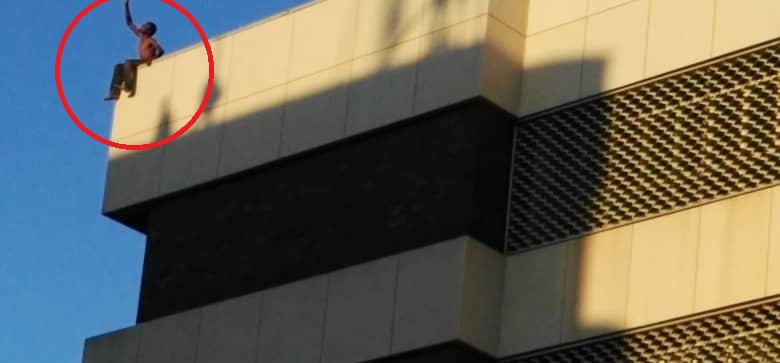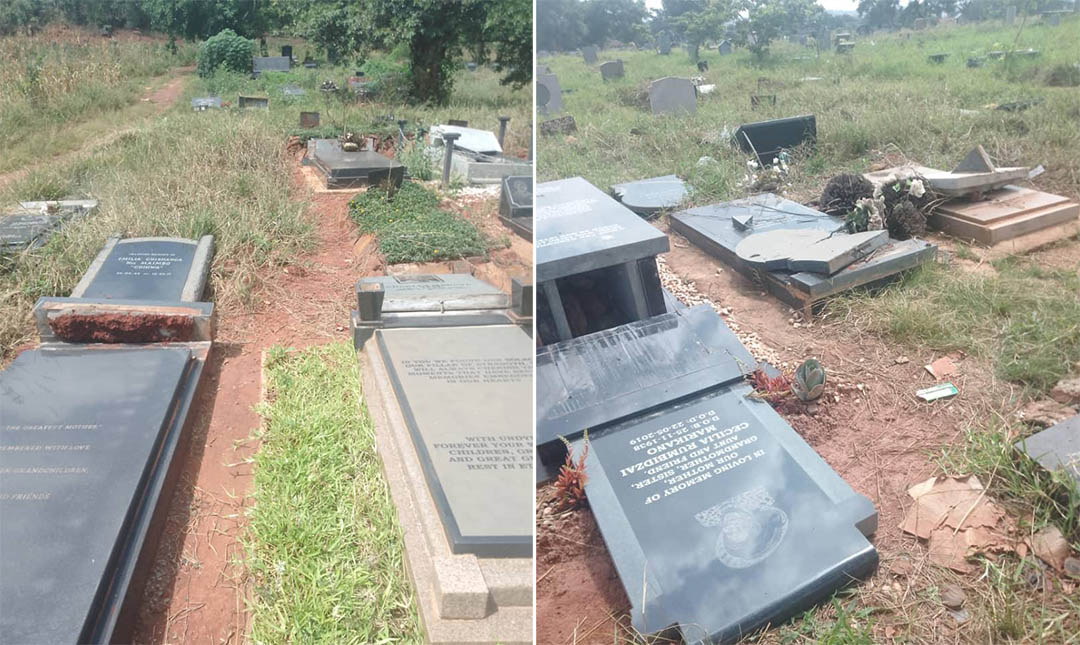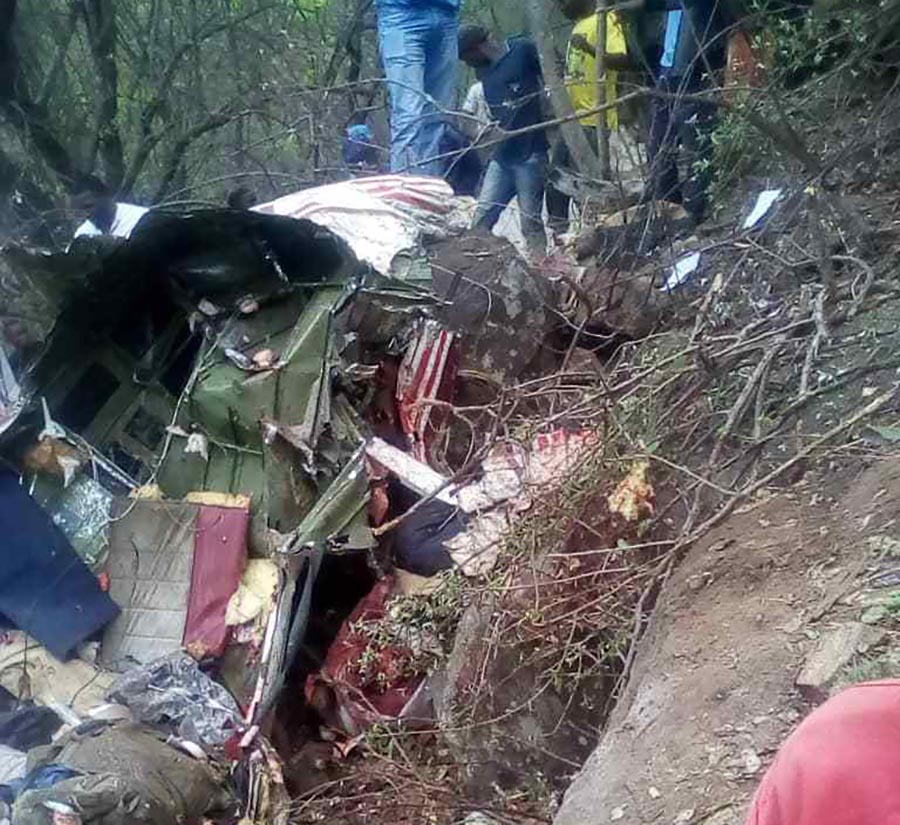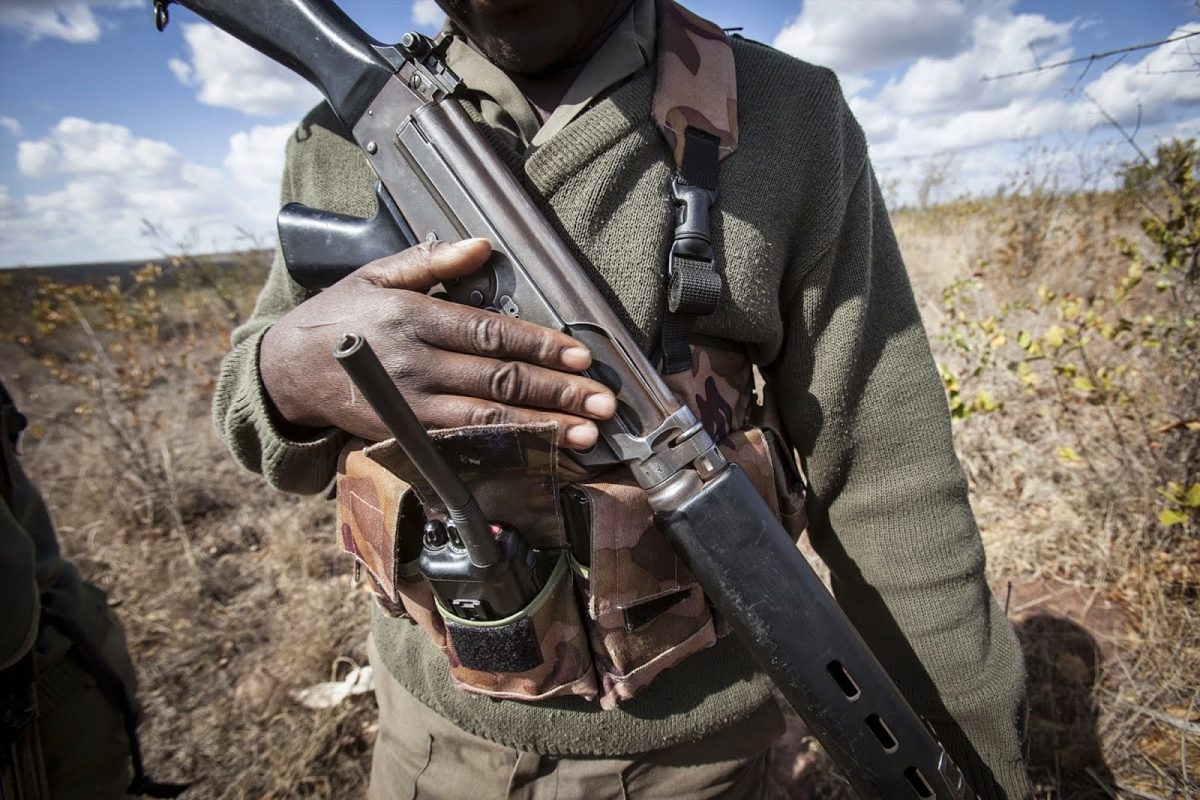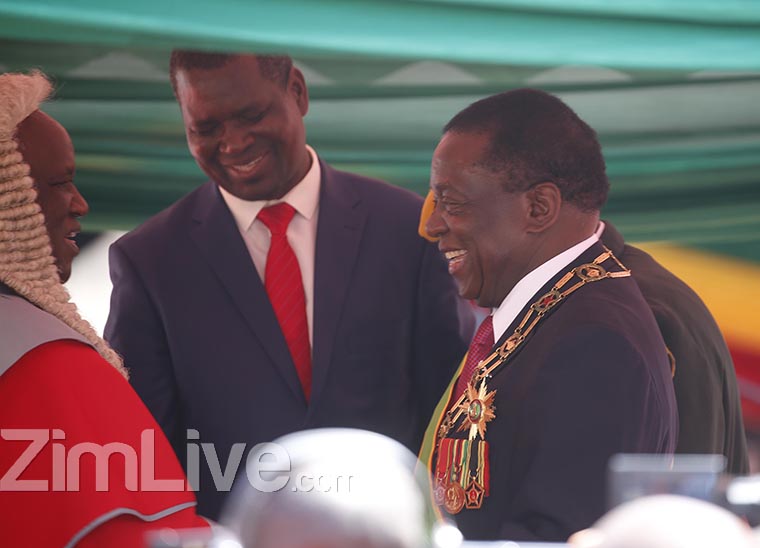HARARE – Air Zimbabwe says its only serviceable Boeing 767-200 ER aircraft encountered a “foreign object” which caused damage to its left engine shortly after take-off from Johannesburg on a scheduled service to Harare on Sunday.
A video taken by a passenger has emerged showing the dramatic and confusing moment the plane’s left engine suddenly emitted flames after two loud bangs were heard.
Emergency services scrambled when the pilots made a distress call, but after circling in the air and assessing the plane over OR Tambo International Airport, the pilots continued on to Harare where the aircraft landed safely.
The airline issued a statement in the immediate aftermath saying the plane, carrying 98 passengers and nine crew members, “experienced a malfunction on one of its engines resulting in a brief tailpipe fire.” The airline said the malfunction “did not threaten the continuation of the flight and safety of the crew and passengers.”
The plane was immediately grounded to allow engineers to investigate the cause of the fire, causing widespread disruption for Air Zimbabwe passengers.
But in an update provided to ZimLive on Monday, the airline said it had established that the engine had been impacted by a “foreign object” which had caused sufficient damage to warrant a change of engine.
“It was a foreign object damage, based on the assessment, and we have had a change of engine,” Air Zimbabwe’s corporate affairs manager Tafadzwa Mazonde said.
The plane “will be undergoing a flight test within the next 48 hours”, Mazonde said, and Air Zimbabwe expects to resume normal flights by Thursday.
A passenger video has emerged showing panic in the cabin as flames streaked out of the number one engine, providing a spectacular spectacle in the skies above OR Tambo International Airport and its surroundings.
“Oh no! What’s wrong?” a female passenger is heard asking a member of the cabin crew.
The crew member, who sounds calm under the circumstances, is heard telling the passenger that “they’re turning”, before she asks a man to “please take your seat Sir.”
“Is everything okay?” the female passenger asks again.
“Yeah, don’t worry,” the cabin crew member assures her.
Another passenger is heard asking “what’s going on?” as another shouts: “Pilots, communicate!”
The two-minute and 20-second video ends with another passenger making a “sh-sh” sound to quieten those demanding answers.
The flames only appear for a few seconds in the video, which led experts to speculate that the issue could have been a compressor stall caused by too little air and too much fuel entering the engine.
“It’s equivalent in car terminology to a backfire. Ninety-nine percent of the time this is spectacular but otherwise harmless. And as long as the engine checks out after this event – the Boeing manual, in this case, defines what is acceptable – then the crew can continue on to their destination,” said Guy Leitch of the South African Flyer Magazine.
With the latest update indicating that the plane had actually suffered some engine damage from impact with an unidentified object, which may or may not be a bird strike, the decision by Captain Ripton Muzenda to fly to Harare before the damage was assessed will come under renewed scrutiny.
Muzenda, a former Air Zimbabwe CEO, would have known the cost to the struggling airline of landing the stricken plane under emergency conditions at OR Tambo.
“Landing in Johannesburg would mean flying our engineers to South Africa at a cost; shipping the replacement engine to South Africa; paying parking fees and rebooking the passengers. But like I said previously, the incident was not too serious to warrant an emergency landing in Johannesburg,” Air Zimbabwe’s Mazonde told ZimLive.
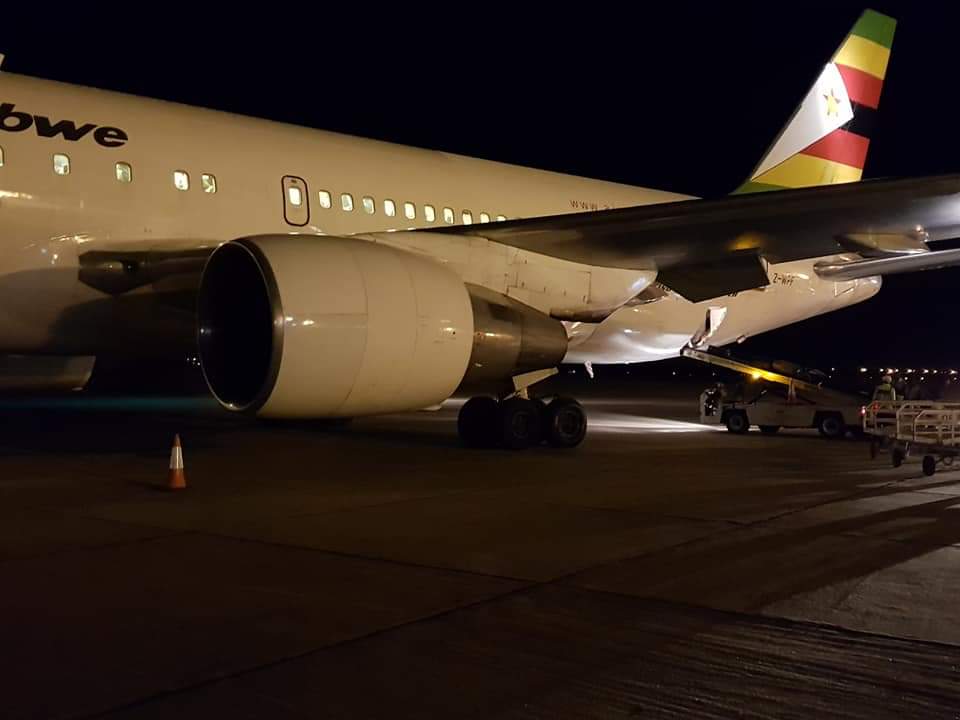
Air Zimbabwe, meanwhile, is denying that the particular engine of focus has a history of mechanical problems.
On April 26 this year, it was the same engine that reportedly bore the brunt of what was described as a bird strike on take-off from Bulawayo.
Lands Deputy Minister Vangelis Haritatos, who was on the flight, described “blowing sounds and sparks” coming from the left engine. The deputy minister said Captain Chiwara told the passengers that they had flown into several birds.
Journalist Lovejoy Mtongwiza, who was travelling to South Africa, recalls how on February 25 this year, the same aircraft delayed a take-off from Robert Gabriel Mugabe International Airport in Harare as engineers feverishly worked on the left side engine for three hours.
“It must be the world’s unluckiest airliner engine, or there are issues that we are not being told of,” said Mtongwiza.
Mazonde said: “From the technical reports we have, it doesn’t seem like it was a cumulative issue.”
The Aviation Herald, which says flight UM-462 performed by the Boeing 767 with tail number Z-WPF, was climbing out of Johannesburg’s runway 03L when the crew declared ‘Mayday Mayday Mayday’ and requested to stop climb at 9,000 feet and return to Johannesburg.
The crew advised they had left hand engine surges. While turning south on radar vectors, the engine recovered, the crew subsequently reported the fault had cleared and they had normal operation about 10 minutes later. They wanted to continue to Harare.
The aircraft climbed to 39,000 feet and continued to Harare where the aircraft landed safely about 90 minutes after departure.
Johannesburg’s air traffic control had alerted emergency services, who had assumed their standby positions, had halted departures and sent arrivals into holds for the emergency return. After the crew had reported the fault had cleared, air traffic control resumed operations at the airport and stood down emergency services.
A resident of Kempton Park, close to the airport, said on Twitter she heard two loud bangs and rushed outside to see a plane’s engine on fire. She opened a flight tracking website and knew immediately that it was an Air Zimbabwe plane.
As the aircraft circled back, the flames stopped, she said. The aircraft turned north again and climbed out of sight.
The aircraft was transponding call-sign AZW-303 (UM-303), the previous inbound flight’s call-sign from Bulawayo to Johannesburg.
HOW IT WOULD HAVE LOOKED FROM BELOW (VIDEO BELOW IS FROM SPAIN, BUT POST IT TO ILLUSTRATE WHAT A COMPRESSION STALL LOOKS LIKE)

